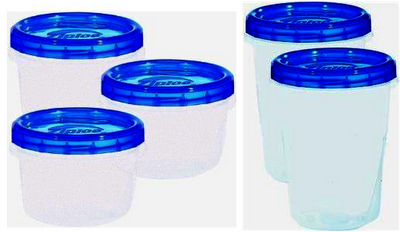Going back to the multiple generation part (mainly Terek's "house" yeast). If you use a certain strain enough to where it does mutate (and the new strain is favorable over the old), how do you keep the current mutation from going through a second mutating phase and thus change that yeast's profile yet again? If a certain profile is not available, how do you maintain a yeast's current profile so it doesn't go through some sort of mutation?
There are a few different ways that yeast will change over time.
You may have heard that "yeast doesn't reach its full stride until the second or third batch." The gravity of the wort, malt content, acidity, mineral content of the water, and other factors affect the metabolism of the yeast. In chemostat cultures this generally takes five volume changes, or doublings of the yeast. In batch cultures (like fermentation of beer) it can take a few batches. The genome itself doesn’t change, but the gene expression does. This can be observed in the mRNA and protein content of the yeast cells.
(When brewers refer to the performance of their house strain as different from the original, this is often what they are referring to)
Another form of adaption is competition. If there are multiple strains of yeast (and possibly bacteria) then, over the course of time, the balance between these will reach some stasis, often with one completely dominating the other. This can take about a dozen batches of beer to stabilize.
The next most common form of adaption in yeast is modification of the genome by mating which requires ‘a’ and alpha haploid cells. Most brewing yeast is diploid and reproduces only by meiosis which makes the genome very stable. It’s actually rather difficult to create hybrid brewing yeast through mating.
The least common form of adaption is genetic mutation. When this does occur it is normally from a transcription error, but it can also be forced using a variety of methods (See Brewing Microbiology) When these mutation do occur they often have no impact on yeast performance, or change in a way that is not advantageous and therefor cannot compete with the original strain. The rate at which these mutation occur are 0.27% per cell division. [1] In one batch of beer the yeast doubles (divides) about 4 times. Given these rates it would take 2 million batches of beer for a yeast to mutate from an ale yeast to sake yeast. [2]
(A while back I read an article written by a laboratory manager at a very large brewery where they used gel electrophoresis to “finger print” the yeast that they were using and found that there was no genetic change over a 5 year period.)
Most often yeast is used for 5-7 batches of beer and then a new pitch is grown up from a frozen sample. This is more often done to combat contamination, rather than genetic mutation. In any brewery, contamination is inevitable.
The stock culture is typically cryogenically frozen in an aqueous glycerin solution. When these stock cultures run out new cultures are grown on pettri dishes and singe cell colonies are selected, tested, and then propagated to make a new stock.
[1] Drake, John W., et al. "Rates of spontaneous mutation." Genetics 148.4 (1998): 1667-1686.
[2] Fay, Justin C., and Joseph A. Benavides. "Evidence for domesticated and wild populations of Saccharomyces cerevisiae." PLoS genetics 1.1 (2005): e5.














































![Craft A Brew - Safale BE-256 Yeast - Fermentis - Belgian Ale Dry Yeast - For Belgian & Strong Ales - Ingredients for Home Brewing - Beer Making Supplies - [3 Pack]](https://m.media-amazon.com/images/I/51bcKEwQmWL._SL500_.jpg)














